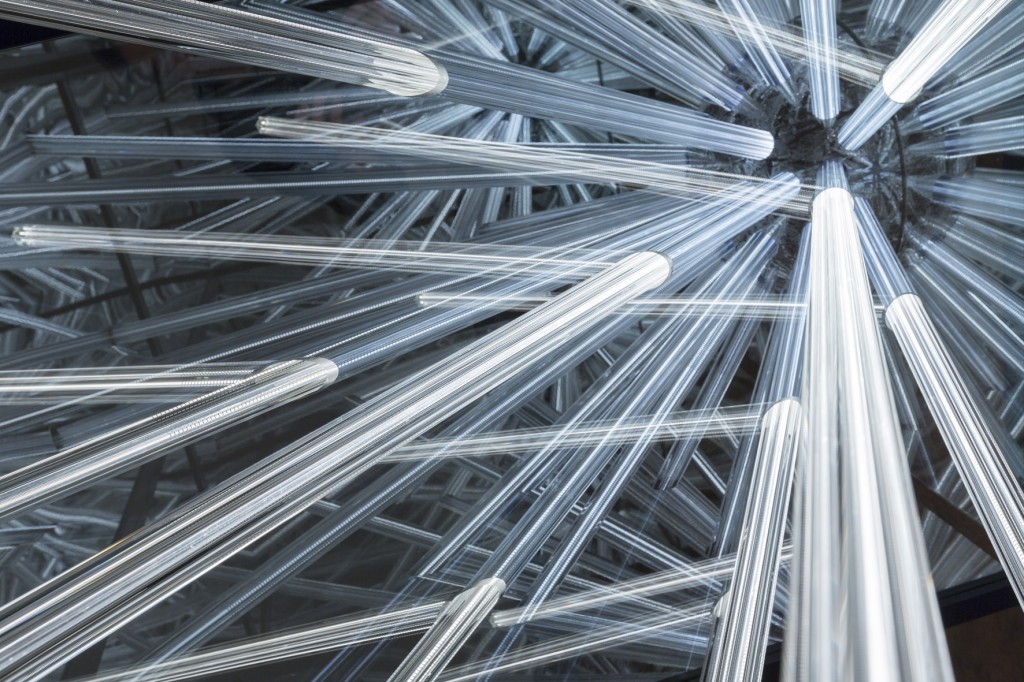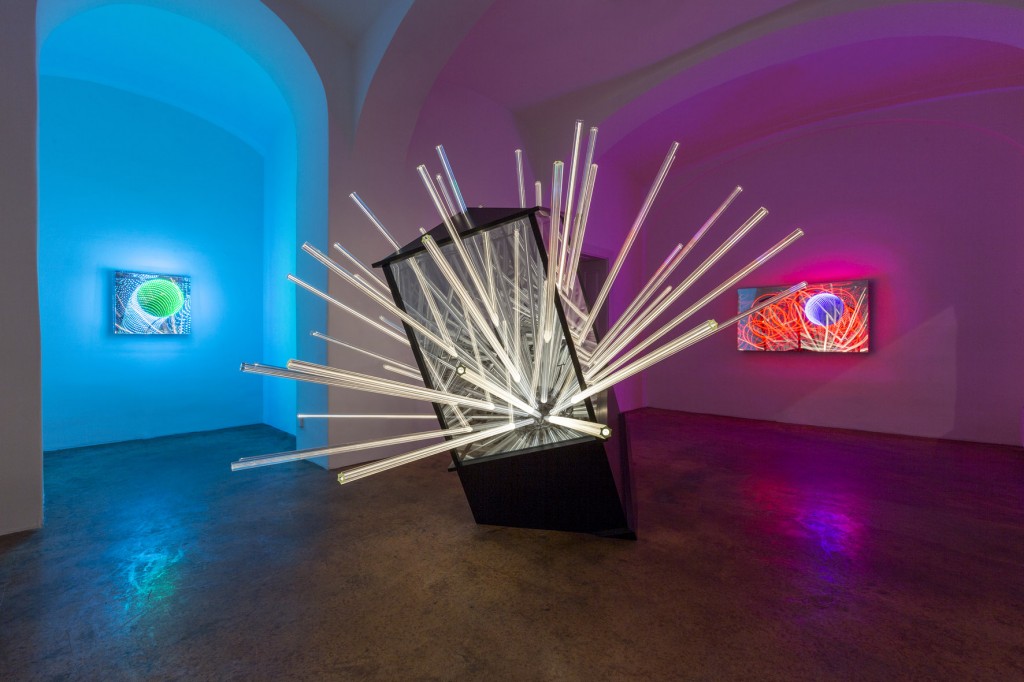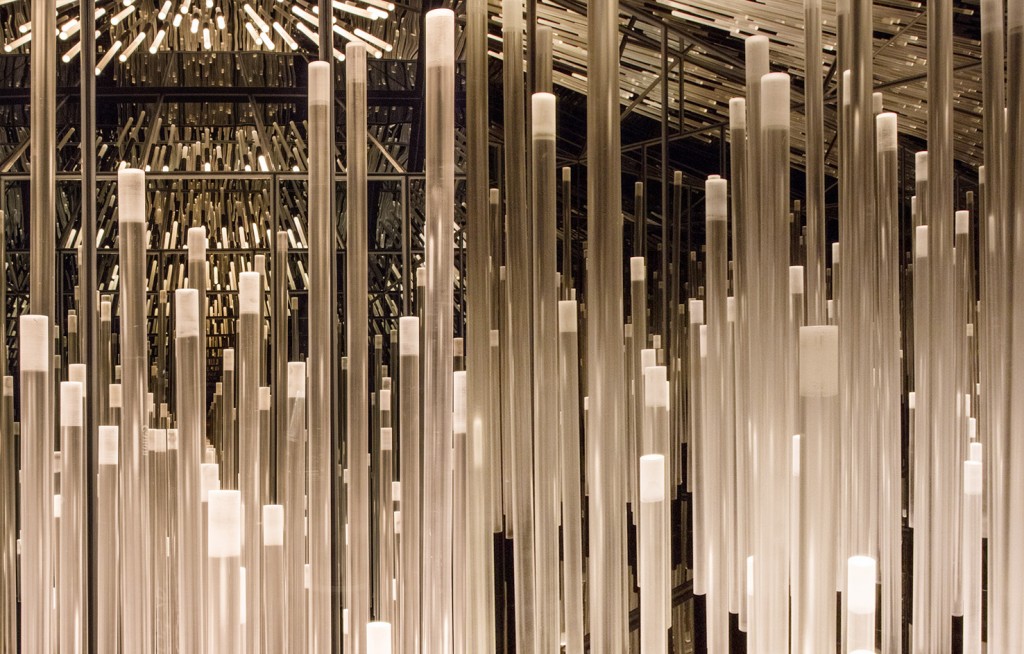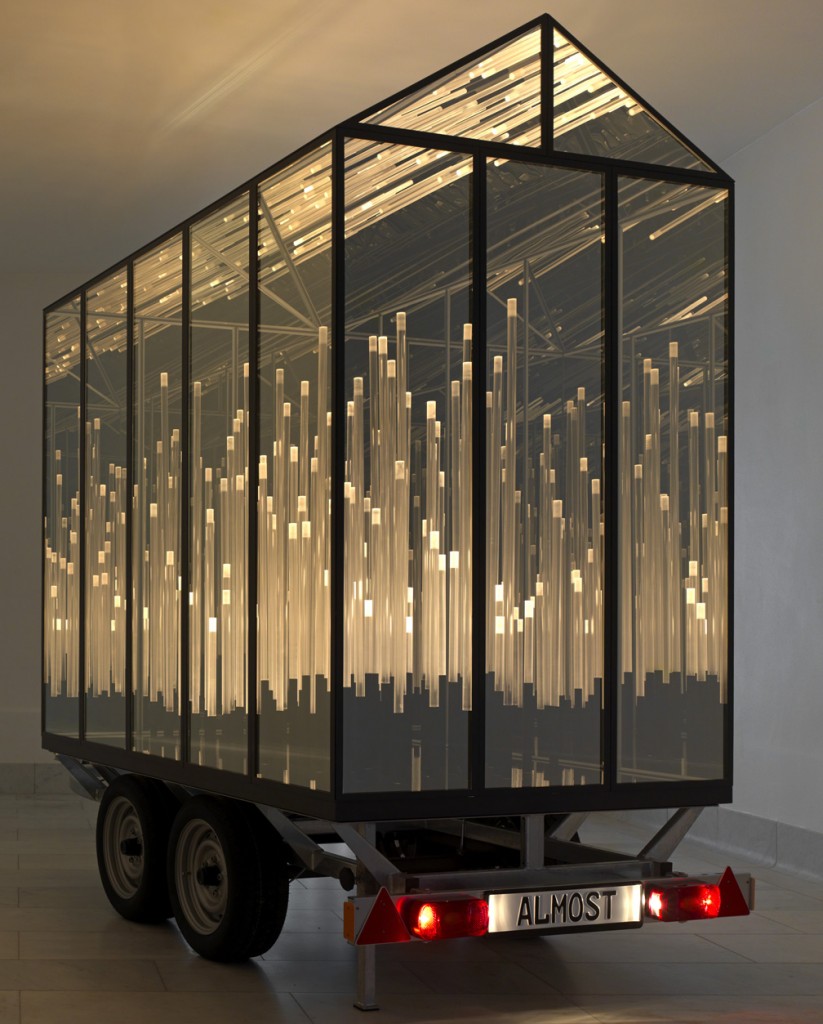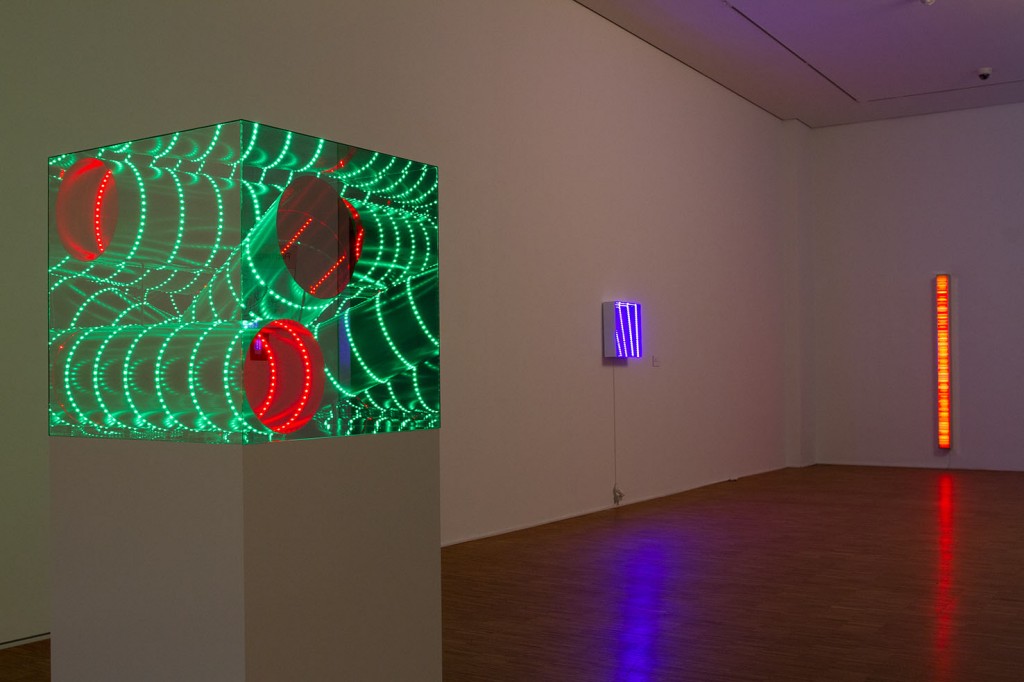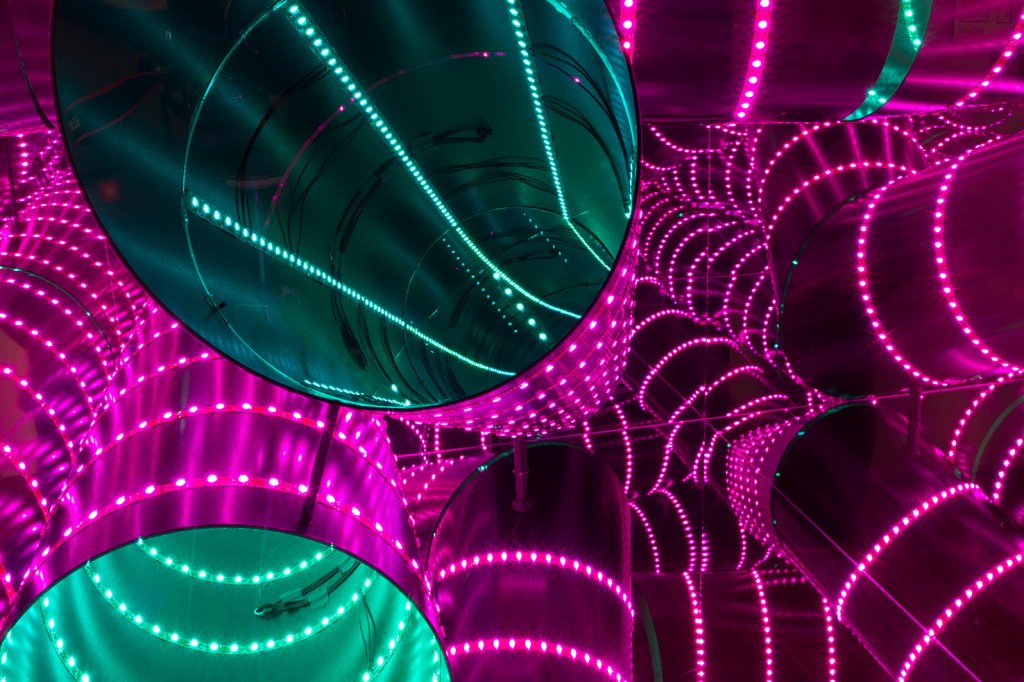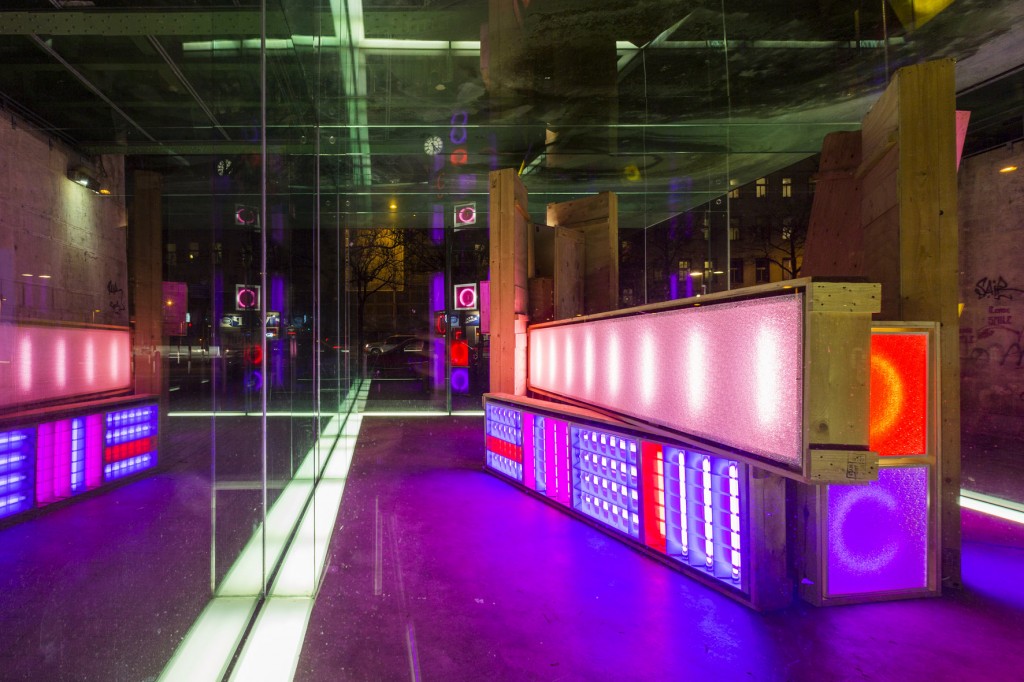INHALE is a cultural platform where artists are presented, where great projects are given credit and readers find inspiration. Think about Inhale as if it were a map: we can help you discover which are the must-see events all over the world, what is happening now in the artistic and cultural world as well as guide you through the latest designers’ products. Inhale interconnects domains that you are interested in, so that you will know all the events, places, galleries, studios that are a must-see. We have a 360 degree overview on art and culture and a passion to share.

Driving a car through big cities at night, the colours of neon advertising on the facades of old buildings and the roofs of high-rise blocks begin to blur. We may still notice it but we no longer attempt to decipher words. The omnipresence of the writing on the neon advertisements means that it is separated from any relevant meaning; something like a film set emerges, creating the atmosphere of the big city.
Hans Kotter uses his light works, in which groups of circles and lines or shimmering colour spectrums often turn the gallery space into an alchemist laboratory illuminated in many colours, to transform the big-city atmosphere into abstract landscapes of light. What is left is nothing more than the magic of light, its atmospheric and manipulative power. This is adopted indirectly from the basic experience of modernity: the perception and experience of the big city, which is – as sociologist Georg Simmel wrote – “the intensification of nervous life, which proceeds from the rapid and uninterrupted fluctuation of external and internal impressions.”
By contrast to the early 20th century, the perception of the metropolis and the overstimulation of the senses that is concomitant with it have become a normality of life in the 21st century. Today, the way that things appear, the way in which they are presented is usually more important than their reality and function. In other words: in the context of the big city, the spectacle of light and colours in the worlds of advertising and consumerism often outshines the actual product or event. The spectacle becomes a purpose in itself; the light becomes abstract. Kotter makes this enchantment of light into the subject of a key part of his work.
In the clear, geometrical formal langage of Kotter’s objects and installations, it is possible to find an obvious reference to modernist art. The work “Edge”, for example, suggests that he has transposed a graphic artwork by El Lissitzky or a painting by Piet Mondrian into three dimensions. But by contrast to the artists of modernism, in his art Hans Kotter does not call for an aesthetic reinvention of the world. Advertising and design took over that task long ago. At first glance Kotter’s sculptures and objects, his light-boxes, give the impression that they have been created in order to beautify space – but Kotter’s art is about more than that.
The philosopher Gernot Böhme defines space as “the affectively charged constriction and breadth into which one enters, the aura one encounters.” In Kotter’s works this aura creates aesthetic experiences that exert a familiar yet simultaneously alien effect on the viewer, especially if he comes from a big city. They lie outside everyday experience while being deeply rooted in it. They demonstrate the way in which light can create atmosphere, the way its sensual intensity manipulates and captivates the viewer.
Even as a child, Hans Kotter was interested in futurist painting, especially that of Umberto Boccioni, but also in Victor Vasarely’s Op Art. To the present day, Kotter’s art oscillates between these same two poles: reference to modernism and a play with the senses. Besides his light objects and installations, Kotter has been working mainly on a series of close-ups showing the refraction of light for some years now. The outcome are photos that resemble abstract graphic works generated using a computer at first glance – in fact, however, they show the physics of the work, or perhaps a better description would be the metaphysics of light. Whether Kotter solemly stages endless hypnotic spirals in a glass cube as if we were approaching a doorway into a different dimension or transforms the lights of the big city into abstract spatial landscapes; his works are reflections on the process of perception, studies in the production of atmosphere. The affective aura they pour into space radiates beauty and insight. It allows us to experience the sensual state of the present and simultaneouly charges it with magic. Kotter’s works make seeing into an act of alchemy.
by Hendrik Lakeberg
Hendrik Lakeberg lives in Berlin, where he works as a cultural journalist.




